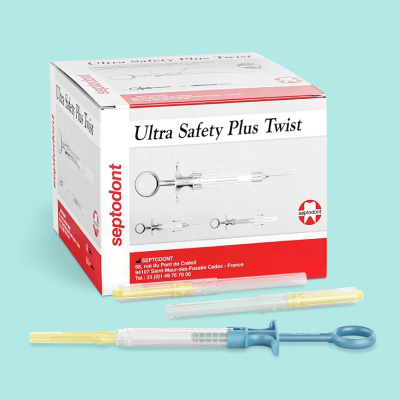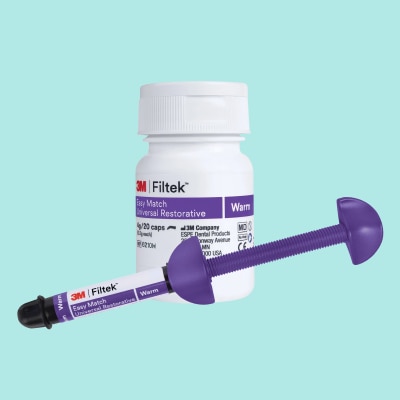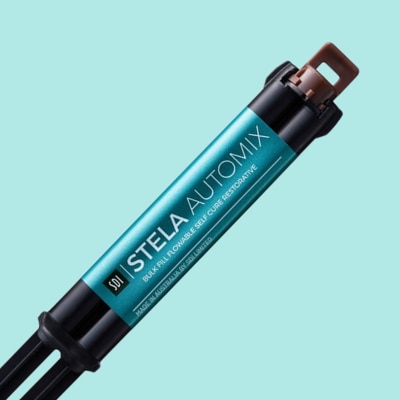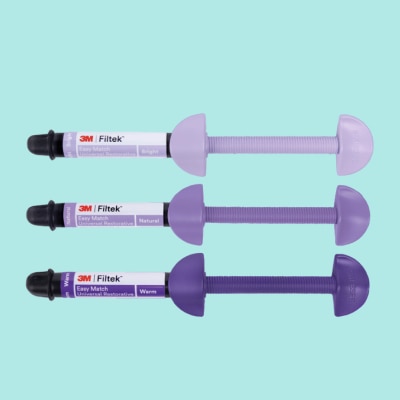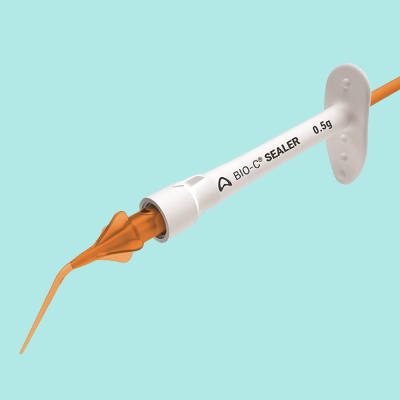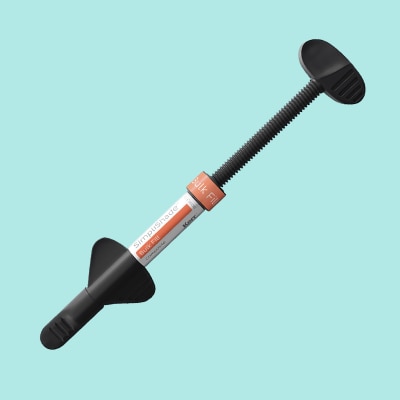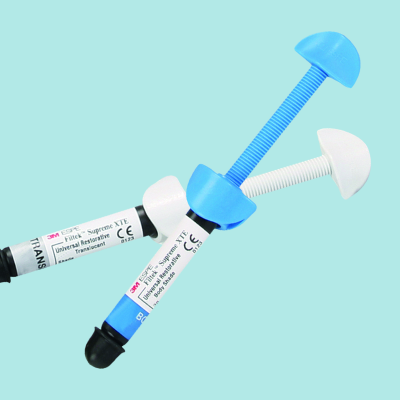To many patients, the idea of root canal treatment and having metal files pushed into their teeth can be horrifying. Endo fear can be so great in some patients that even an extraction sounds more appealing. This is especially true of first-time root canal patients, many of whom will have little idea of how the procedure works before it is offered to them. To ease patient nerves ahead of endodontic treatment, there are steps that can be taken to potentially help.
Treatment Breakdown
According to data from Google, 'Do Root Canals Hurt?' And ‘Root Canal Pain’ are searched on average 1,900 times a month in the UK alone. This gives a clear indication as to the overall levels of anxiety connected with endodontic treatment. Explaining the procedure to patients from the outset and outlining what they should expect each step of the way can reduce fear and calm nerves.
It is important to do this in a way that does not confuse or overwhelm the patient. Avoid using too much endodontic lingo and take time to pause during explanations to allow them the opportunity to ask questions or process information. When responding to a patient’s concerns or anxieties, focus on the positive aspects of root canal versus an extraction or no treatment at all. Invite them to learn more if they still have questions.
Use the right equipment
Use the right equipment
Taking the fear out of endodontics begins at the very beginning with diagnosis. Using digital x-rays can help to reduce errors related to poor developing and faulty exposure that can ultimately lead to unreliable diagnosis and outcomes. Digital imaging scanners, such as the PSPIX2, can produce a more accurate diagnosis in a quicker space of time versus traditional x-rays, as well as reduce any worries a patient might have over radiation exposure.
Whatever the treatment, most patients want to be in and out of the chair as quickly as possible so any endodontic equipment that can reduce chair time is worth considering. New inventions such as endodontic motors with built-in apex locators can reduce operation times for the dentist by eliminating the need for switching between devices.
To help reassure patients who have read their consent form and are worried about the failure/breakage of files, it can be helpful if you can recall information on the reliability of the files you are going to use. For example, dentists who use EdgeOne Fire files from Edge Endo can refer to evidence-based knowledge related to the product’s strength (cyclic fatigue) to put hesitant patients at ease.
It is always essential to have in your stock cupboard the right pharmaceuticals, anaesthetics, and emergency drugs. Read our Dental Nurse’s Guide to Pharmaceuticals for more information on this.
Done in One

BioRoot RCS Powder 15g & Liquid 0.20ml 35pk
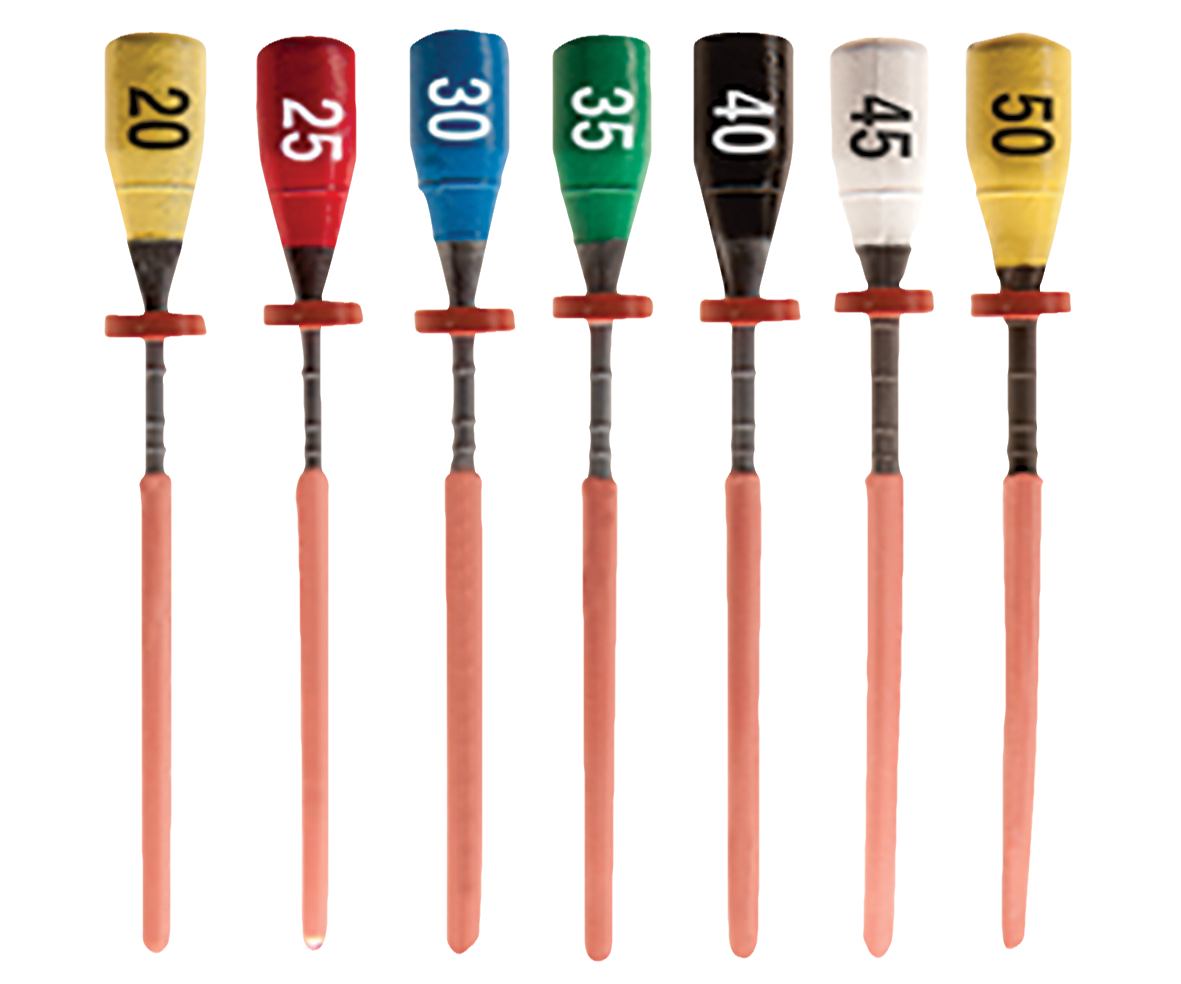
EdgeFill Obturator EdgeTaper Size F1 (20) 6pk

EdgeFill Obturator EdgeTaper Size F2 (25) 6pk

EdgeFill Obturator EdgeTaper Size F3 (30) 6pk
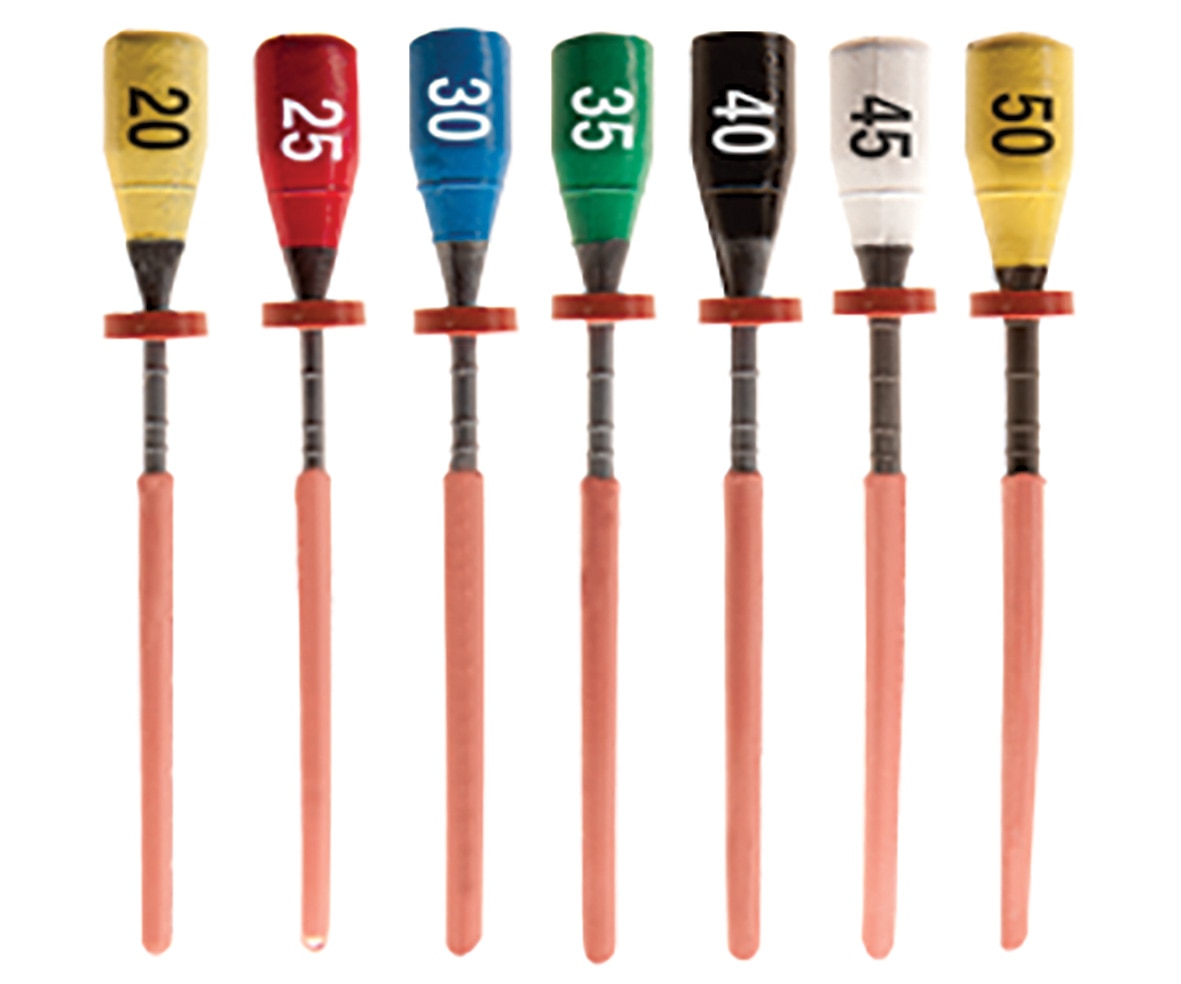
EdgeFill Obturator EdgeTaper Size F5 (50) 6pk
Done in One

BioRoot RCS Powder 15g & Liquid 0.20ml 35pk

EdgeFill Obturator EdgeTaper Size F1 (20) 6pk

EdgeFill Obturator EdgeTaper Size F2 (25) 6pk

EdgeFill Obturator EdgeTaper Size F3 (30) 6pk

EdgeFill Obturator EdgeTaper Size F5 (50) 6pk
Don't forget the needle
While it is probably wise not to show an anxious patient a needle or even say the word out load, it is vital that you are using the right type of needle for effective numbing.
Septodont’s Ultra Safety Plus Twist device is designed for improving pain management by reducing the risks of needle-stick injury.
Appreciating the benefits of effective pain managements can reduce anxiety and pain, increase the chances of a positive recommendation and most importantly increase the likelihood of the patient returning for any other treatment they might need, such as a crown placement.
More information on improving pain management with Ultra Safety Plus Twist can be found here.


